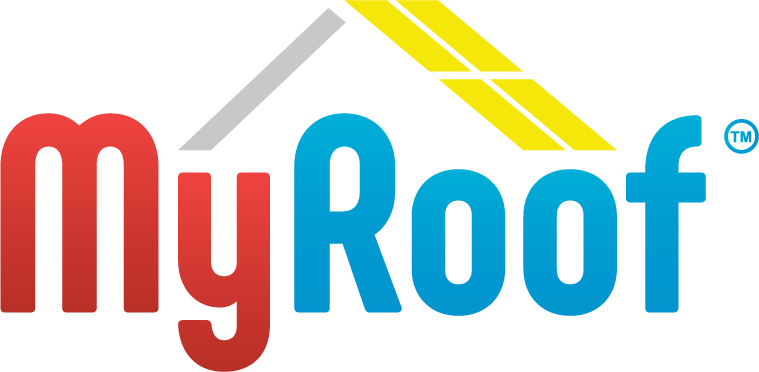DAMAGE
Hail and wind storms can have devastating consequences, at times leaving homeowners stranded without a place to live. Other times, the damage can be a lot subtler, visible only to the trained eye. Regardless of the severity, these issues need to be addressed, as even a “lifted” shingle can cause a leak.
Most homes in the Dallas-Fort Worth area are roofed using asphalt shingles which come with either a 20-year or 30-year warranty depending on their thickness and weight. Many homeowners make the mistake of believing that their shingles carry a universal warranty that has no exclusions. Unfortunately, that is not the case. The majority of large manufacturers no longer warrant their shingles once they have been hit by hail, meaning that they will not take responsibility for any roof related issues from that point onward. Give your current shingle manufacturer a call for more information.
Best Commercial & Residential Roofing Services
- Missing shingles
- “Bruising” on asphalt shingles that can be seen from ground level
- Granules in your gutter system that have been dislodged from hail impact
- Dents on your gutter system
- Holes in screens and broken windows
- Hail splatter on your fence
Damage to your vehicle: broken windows or dents on the doors of your vehicle indicate significant hail damage.
Roofing signs in your neighborhood usually mean that insurance companies are approving claims around you. Don’t immediately call your neighbor’s roofer simply because he has a sign in their yard—there are a lot of good salesmen that have no experience in the industry and no reputation to precede them.
If none of these apply to you, but it’s been more than 6 months since your last inspection, give us a call as the harsh Texas climate is notorious for reducing the life expectancy of shingles.
Hail damage to your roof may not cause a leak immediately. However, simply because you don’t see a water stain on your ceiling after the first rainfall, doesn’t mean that you won’t experience a leak in six months. Let’s look at what happens to your roof immediately after a hail storm and in the months to come:
A “bruise” is formed immediately upon hail impact. Granules fall off and the matting underneath starts cracking.
Rainfall continues to dislodge granules causing them to roll into your gutter system.
Cracks protrude shingles completely, exposing the paper felt underneath.
Water enters through the paper felt, decking, and finally reaches the ceiling.
Mold forms.
It’s very hard to say. Some homeowners may experience a leak within two weeks after a storm, while for others, it might take up to two years. However, one fact is certain: they will happen. That is why so many insurance companies pre-approve roofs that are hail damaged, even though the homeowner might not have any leaks present—they want to prevent the inevitable by enabling you to repair your home before the damage becomes significant.
Give My Roof a call. We are quick, we are knowledgeable, and we are transparent. Our inspections are 100 percent complimentary and we do a thorough analysis of your property, not just your roof. Once we complete our inspection, we meet you by the front door and explain each picture taken. You will be able to see the condition of your property, the materials currently on your roof, and view samples of the upgraded materials we would use on your new roof, should you decide to proceed with us.

We maintain high-scores and verified reviews from our paying and happy customers; we wear that badge with pride.

Each of our roofers is expertly trained and has years of experience. We only select the best of the best.

We keep our business license up to date and work closely with the city to ensure we are always within the best practices.



